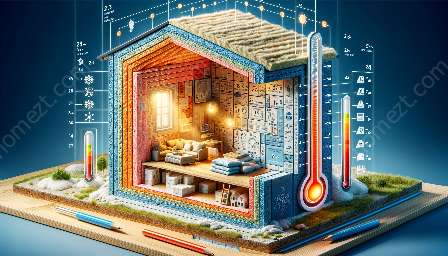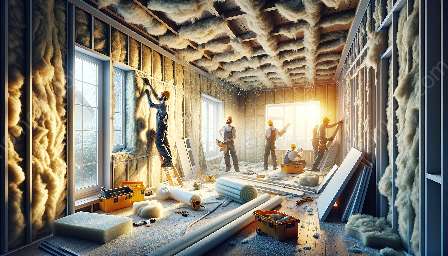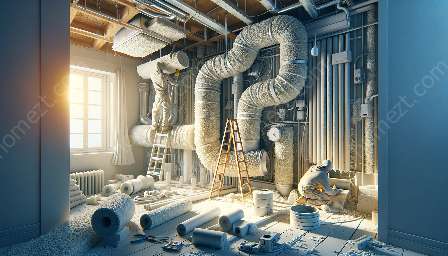Improving the insulation in your home is a key aspect of energy efficiency and comfort. Effective insulation installation techniques not only increase the value of your property but also enhance the overall quality of living. In this guide, we will explore various insulation installation methods and materials, providing you with the knowledge to make informed decisions for your home improvement projects.
Understanding Insulation
Before delving into installation techniques, it's essential to understand the role of insulation in a home. Insulation serves to regulate the indoor temperature, reducing heat transfer between the interior and exterior of the building. It also contributes to soundproofing and moisture control, creating a more comfortable and efficient living environment.
Insulation Materials
1. Fiberglass Insulation: This is one of the most common insulation materials, comprised of fine glass fibers. It is relatively easy to install and provides excellent thermal resistance.
2. Cellulose Insulation: Made from recycled paper and treated with fire-retardant chemicals, cellulose insulation is eco-friendly and offers good resistance to air and moisture infiltration.
3. Spray Foam Insulation: This expanding foam fills and seals gaps and cavities, providing high R-value and effective air sealing.
4. Mineral Wool Insulation: This type of insulation is derived from molten glass, stone, or slag. It is durable, fire-resistant, and offers excellent sound absorption.
Insulation Installation Techniques
1. Air Sealing: Before installing insulation, it's crucial to seal any air leaks in the building envelope. Common areas for air sealing include around windows, doors, and electrical penetrations.
2. Blanket Insulation Installation: This method involves placing rolls or batts of insulation between studs, joists, and rafters. It's important to achieve a proper fit and install a vapor barrier in some cases.
3. Loose-Fill Insulation Installation: Suitable for attics and hard-to-reach areas, this method involves blowing loose insulation materials using specialized equipment to ensure consistent coverage.
4. Spray Foam Insulation Application: Professional application of spray foam insulation involves using specialized equipment to ensure even coverage and proper expansion for maximum effectiveness.
Professional Installation vs. DIY
While some insulation installation techniques can be tackled as do-it-yourself projects, others require professional expertise. Factors such as safety, building codes, and insulation material characteristics should be considered when deciding whether to undertake the installation yourself or hire a professional.
Conclusion
Effective insulation installation techniques are integral to home improvement projects, contributing to energy efficiency, comfort, and long-term savings. By understanding the various insulation materials and installation methods, homeowners can make well-informed decisions to enhance the insulation performance of their homes.





















